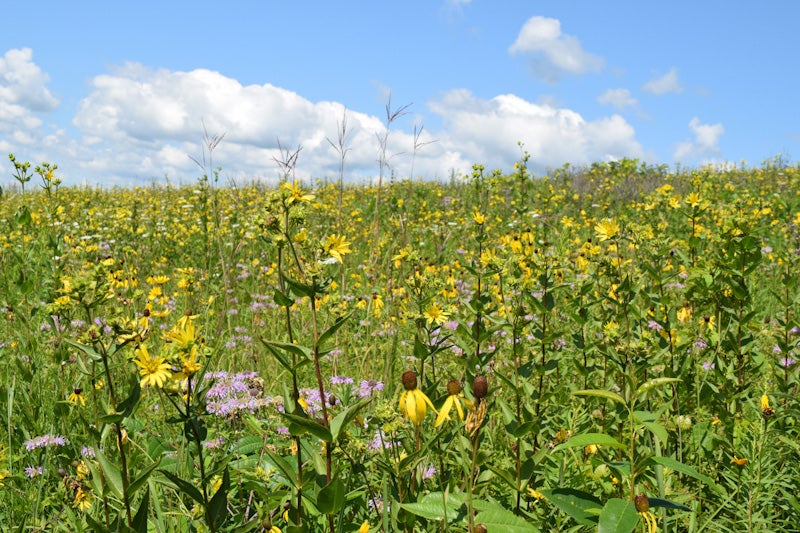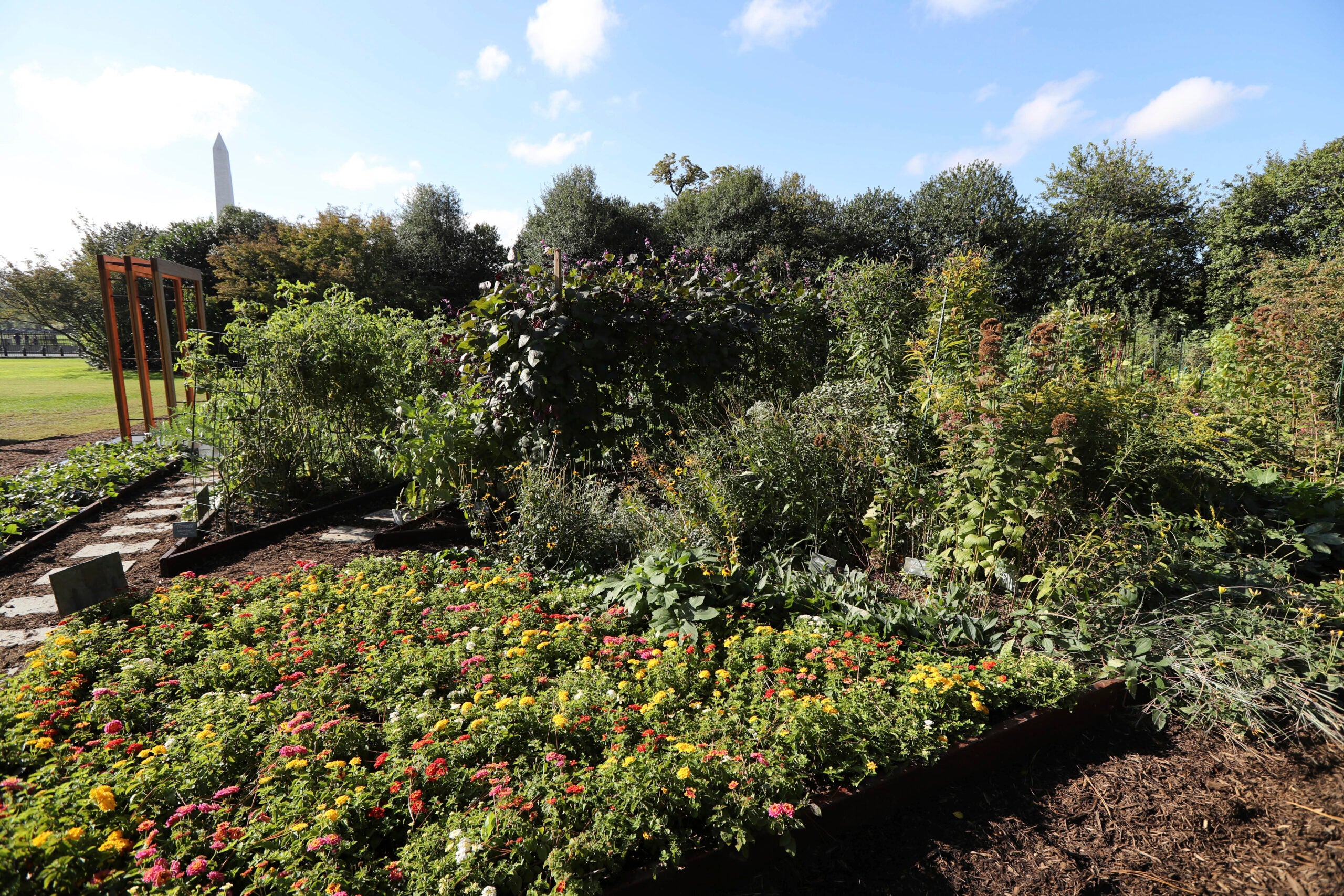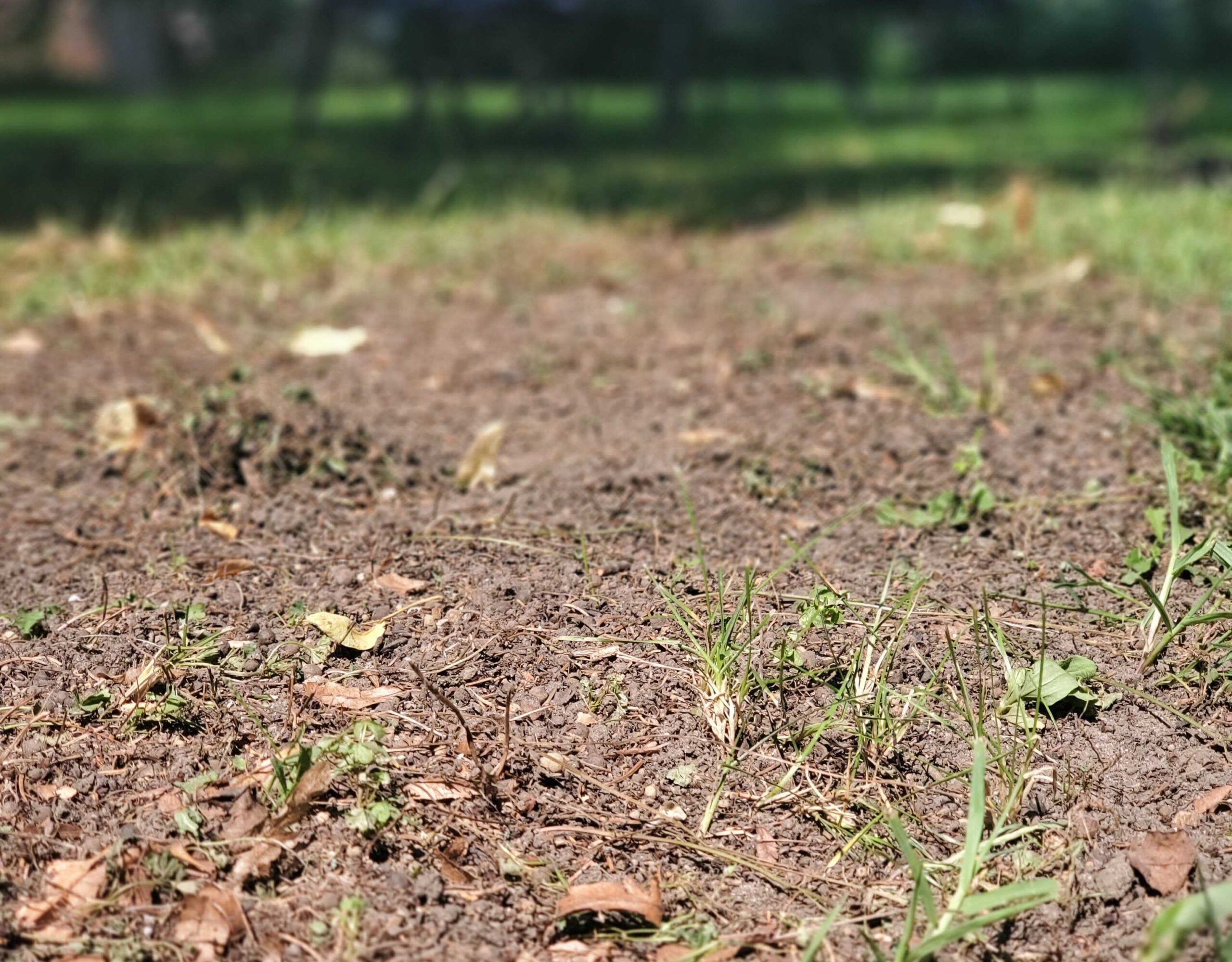The prairie is recognized as one of the rarest plant communities in the world.
Systematically plowed up in the 19th and 20th centuries to make space for agriculture, less than one-tenth of 1 percent of the eastern grass prairie remains, said Neil Diboll, a native plant community expert and president of Prairie Nursery.
Historically, gardens have been cultivated for benefits they can provide people, like longer blooming flowers, increased grain or yield size.
Stay informed on the latest news
Sign up for WPR’s email newsletter.
Yet by establishing a prairie garden or meadow, you can help restore some of the ecological benefits of prairies and increase the resilience of the landscape in the face of a changing climate and weather patterns, he said.
Diboll recently spoke with “The Larry Meiller Show” producer Jill Nadeau to answer some common questions about starting and maintaining a prairie garden.
The interview has been edited for brevity and clarity.
On how to establish a prairie garden in your yard
A prairie garden is usually when you’re installing transplants, and most transplants will bloom the year they are installed if they’re planted in April, May or early June because we grow most of our plants the year before.
It’s a pretty basic process that’s really no different from gardening with perennials. You’re applying the same concepts of color combinations, color echo and texture, etc.
When you’re establishing a prairie from seed, that is a completely different undertaking because you’re usually dealing with much larger areas and longer timeframes for maturity — three to five years instead of one to two years.
On how to establish a prairie meadow from seed
The first trick is to make sure that you get rid of all the existing vegetation so you do not have competition from weeds, other grasses, etc.
If you have a cornfield or a soybean field that is almost always a roundup ready corn or roundup ready bean field, then you have an almost perfect situation because there are very few, if any, weeds there.
You can plant the prairie right into it. And it generally takes three to five years for the prairie to mature. The first year, it’s going to look like a weed mess because weeds will appear. And then the second year you have some black-eyed Susans. And by the third year, your perennials start to show up — by the fourth and fifth year, you get even more species of flowers and grasses appearing as they mature.
If there are any weeds present, perennial weeds, then you do have to spend the time to control them and you can do that organically, either mechanically with like tillage, and you also can use smother crops like buckwheat and winter wheat rotations.
Properly done, a seeded prairie will outlive the person who planted it because it’s not a plant, it’s a plant community. And that’s really the secret to this whole concept of prairie landscaping.
On knowing your soil type
First and foremost in determining what plants will grow somewhere is understanding the soil and the soil texture — is it sand, loam, clay, silt loam, etc.? Then how much organic matter.
Do you have a super dry, sandy soil? That’s a very tough growing environment, but there are some prairie plants that will grow there, like skyblue aster. White prairie clover needs an alkaline soil. Most, but not all of your legumes, purple and clover and white clover need a neutral or alkaline soil in order to do well, and they won’t do well in acid soils.
So you want to make sure you know what your soil texture is, your organic matter content, your pH and then your nutrient status. Then you can start to select the plant.
On why burning is important
Number one, it removes all the dead vegetation that obstructs new growth. And this helps the prairie wake up earlier when we do a spring burn by exposing the soil to the warming rays of the sun.
Most of your prairie plants need warm growing conditions and warm soil conditions to initiate growth and really fully develop. By burning, we expose the soil, sun shines on it, temperature goes up and the prairie wakes up faster.
Other reasons to burn include controlling cool season weeds, grasses. And in cases of trees and shrubs, to keep trees and shrubs from invading and turning your prairie into a forest.
But don’t burn every year, especially in mid-spring, early spring to control cool season weeds because it will tend to push your prairie away from the perennial flowers and more toward the grasses.
On why you shouldn’t try to grow a native prairie garden in containers
Boy, I’ll tell you, growing perennials in containers in our climate is very challenging. In the ground, you have insulation of the soil to protect the roots. But in a pot, it’s elevated above the ground, and so cold can come in from the sides and kill it out.
So when it’s 20 below outside for a few days, it’s going to be 20 below in that pot. But in the ground, it may only be 10 or 15 or whatever.
No matter what condition you’re in — sun, shade or whatever — you would not want to be trying to grow something in a pot outside.
Wisconsin Public Radio, © Copyright 2024, Board of Regents of the University of Wisconsin System and Wisconsin Educational Communications Board.



